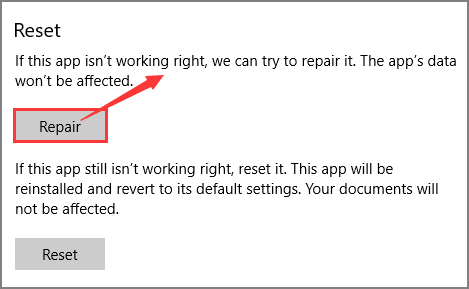

How and where you add images influences how they appear on your pages. You don't need to be concerned about DPI and PPI because they only affect an image's print quality, not its web display. If images don't look right on mobile devices, they may not have an sRGB color profile. On Macs, this attribute may be called Color profile or Color space.

For example, an image that's 1500px x 1650px is 2.47 MP.ĬMYK color mode is only for printed materials and won't appear correctly in most browsers. To find your image resolution, use this calculator or multiply the dimensions and divide by 1 million. We suggest different widths for site logos, browser icons, email campaigns, and animated. Images less than 1500px wide may appear blurry. You don't need to resize your images if they're wider than 2500px and meet our other specifications. Only use letters, numbers, underscores, and hyphens.Īccented letters, question marks, percent signs, and ampersands may not upload or could cause unexpected issues.Ģ500 pixels width is ideal in most cases. For more Scheduling image requirements, go to Images in Squarespace Scheduling. Our Squarespace Scheduling image limit is 1.5 MB. Use images 500 KB or less to help your site load quickly. If you notice your site loads slowly, visit Reducing your page size for faster loading. Keep your page size under 5 MB to ensure your site loads quickly. Our requirements are the minimum we recommend to ensure your images display well on your site. Responsive design - Every Squarespace site has responsive design, which automatically changes the size of your images, depending on your visitor’s device.īefore uploading images to your site, ensure your images follow our image requirements.If your image appears cropped, visit Troubleshooting cropping issues. To minimize or prevent cropping, ensure your image’s shape matches the container’s shape. For example, banners have a rectangular container. Image containers and cropping - Every image on your site is in a container, which is an invisible box that controls how the image displays in relation to other content on the page.We also have examples of common aspect ratios. To learn more, visit Understanding aspect ratios. Your image shape influences how images display on your site. Image shape - Also known as aspect ratio, this is the relationship between your image’s height and width.Image width - Images with a narrow width may look great on mobile devices but blurry on computers, because computer screens are wider than mobile devices.Image file specifications - Review our image requirements to ensure you can upload images to your site.Several factors influence how your images display on websites:


 0 kommentar(er)
0 kommentar(er)
